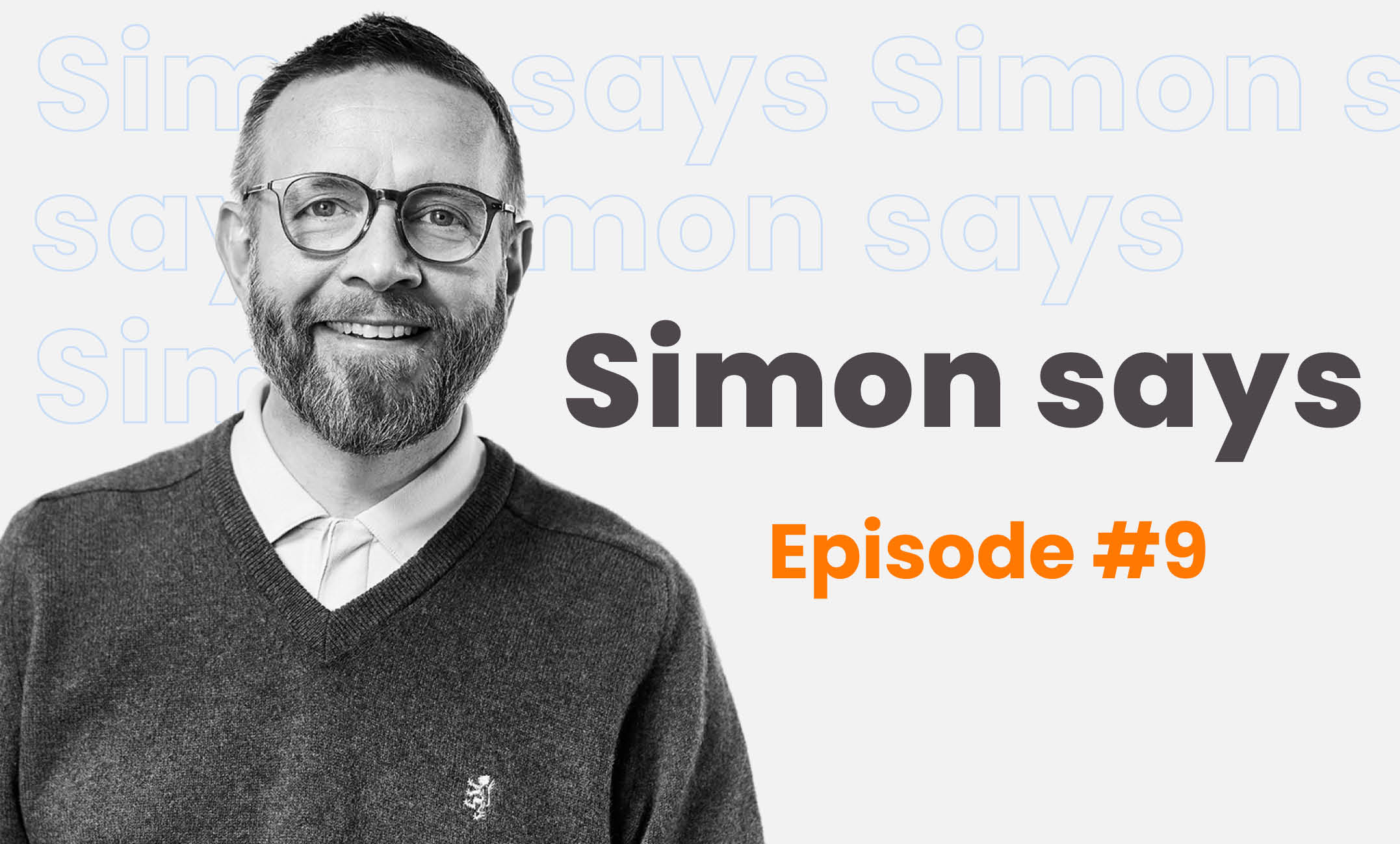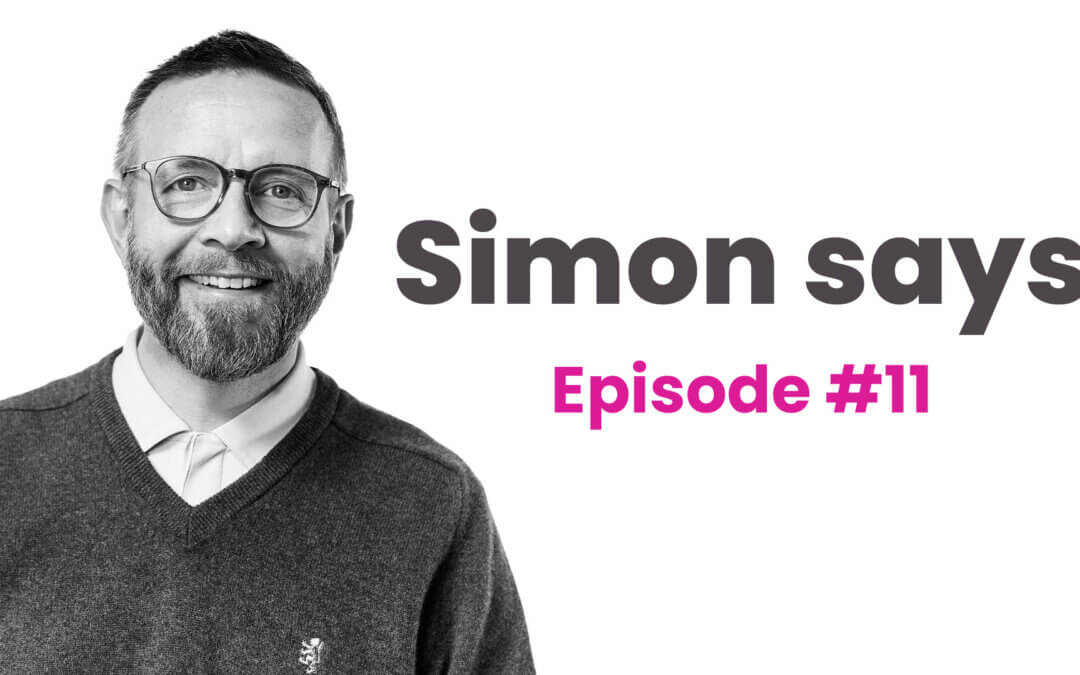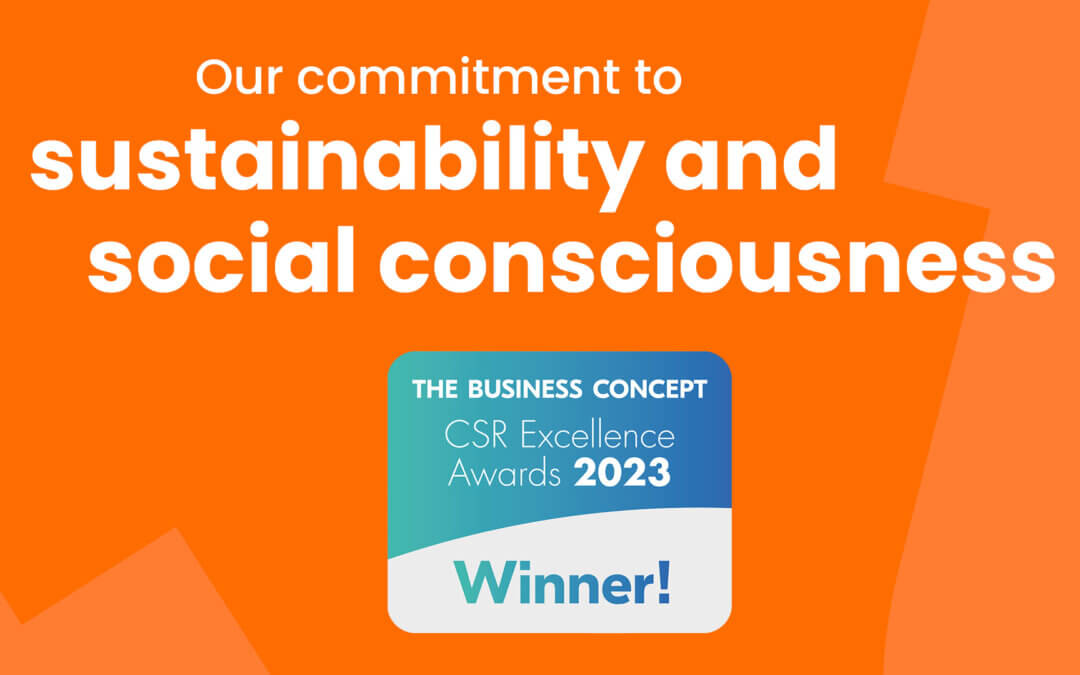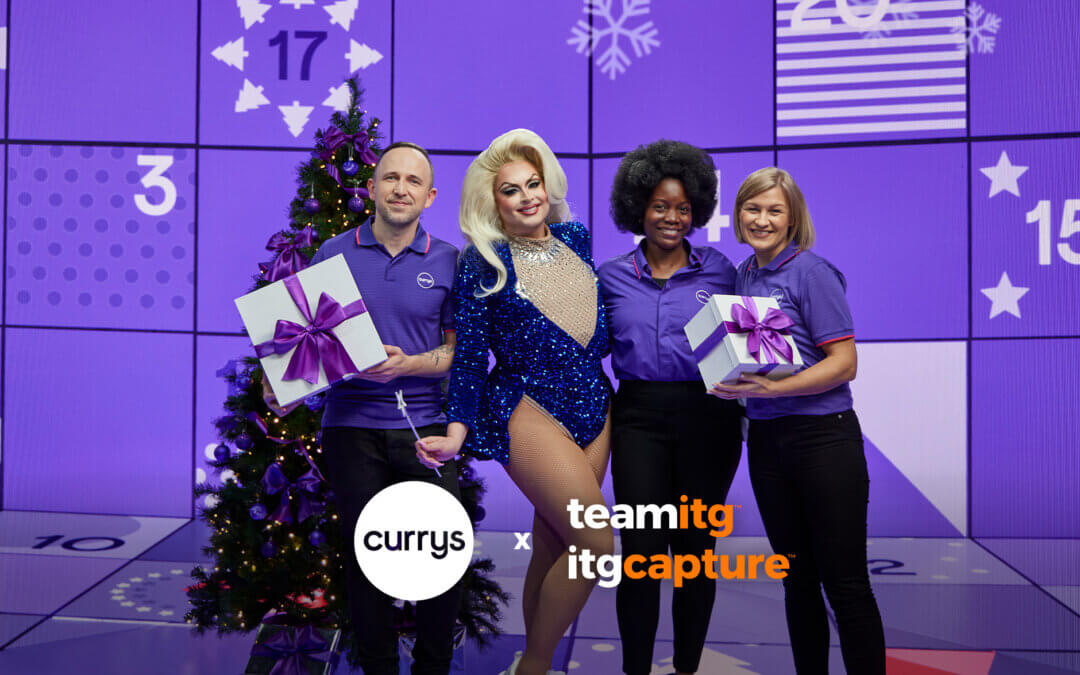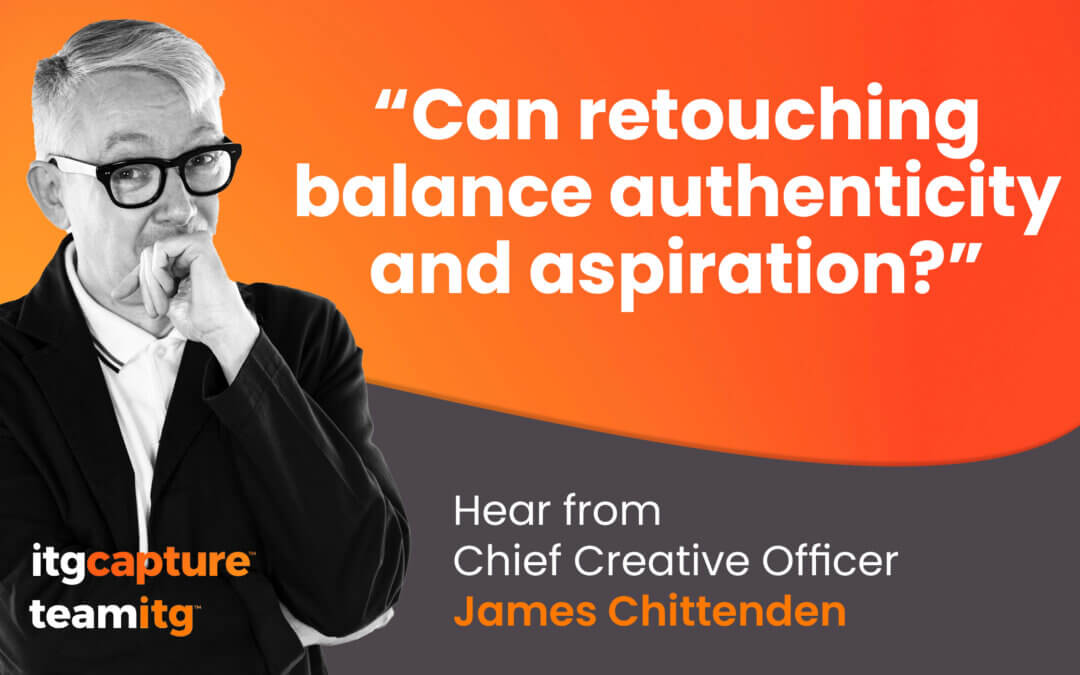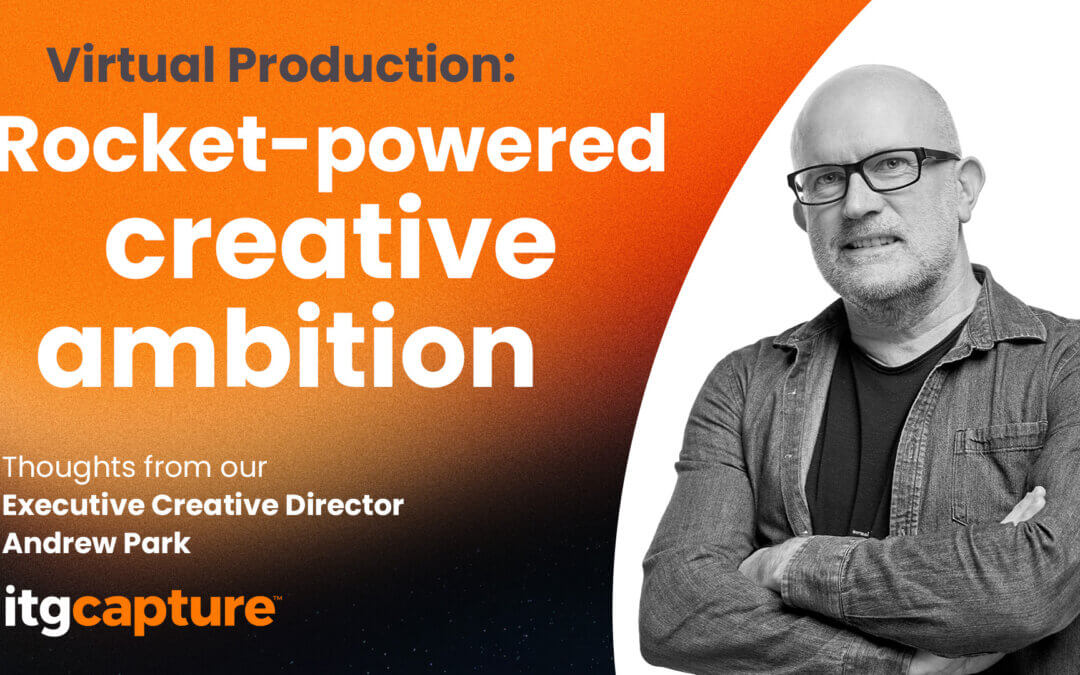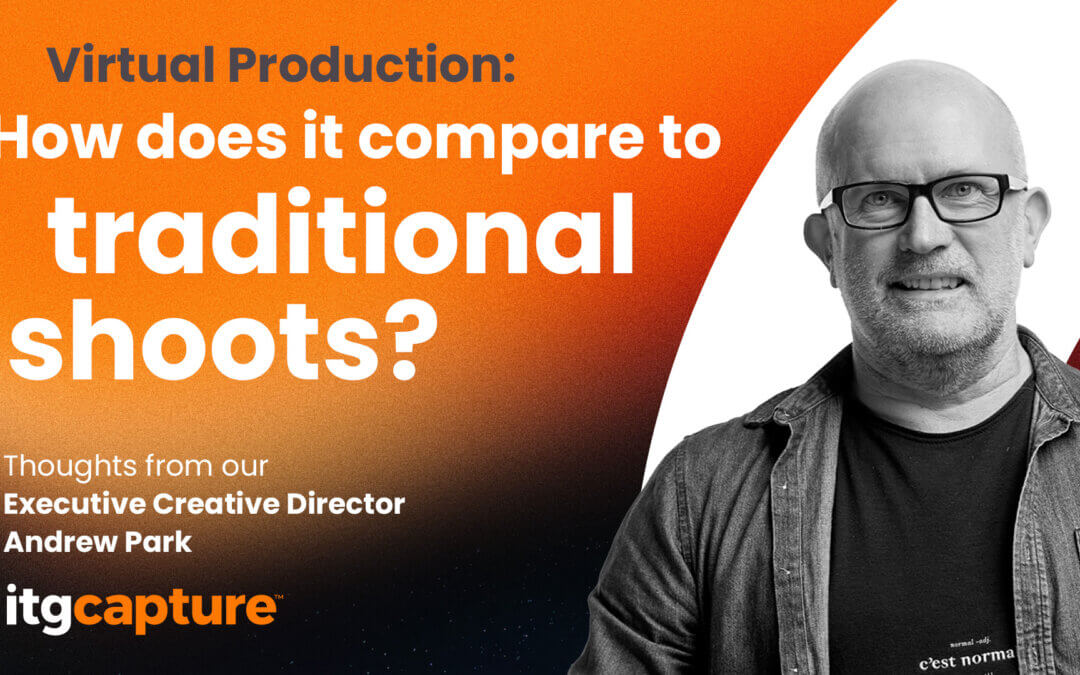The internet and early social media may have been largely text and image based, but the online world is now every bit as much a video medium as your TV – and your customers are clamouring for audio-visual content.
The trouble is that video tends to be more expensive to produce than text, so with increased pressure on budgets, coupled with the typically single-view nature of video as opposed to, say, the repeatable nature of banner ads, how do you meet this demand for video content without snapping your purse strings?
Before exploring video marketing in depth, it’s worth pointing out that there is still plenty of room for non-video content. After all, and somewhat ironically perhaps, I’m using the 5400-year-old medium of the written language to share my opinion of video marketing, rather than pointing a camera at myself and pressing Record.
I might do that too, of course, but a good marketing mix remains essential. Many people still enjoy the leisure of reading, so we should probably keep on catering for those people too.
Importance of video for marketing
“Consumers say video is the number one way they discover new brands that they later purchase from”
Statistics predicts the number of people watching online videos at least once a month will hit 3.5 billion this year, over 92 per cent of internet users. Unsurprisingly, music videos are the most popular, with a reach of over 50 per cent, but How-To and Educational videos both have over 30 per cent reach while Product Reviews and Influencers Vlogs top 25 per cent.
More importantly, consumers like video. Among millennials, a sizeable minority watch between 10 and 20 hours of online video a week. And it works for marketing. According to Animoto, when asked about their favourite type of content, consumers say video is the number one way they discover new brands that they later purchase from, and the most helpful form of content when shopping online. Wyzowl reports that 89 per cent of consumers say they’ve bought a product or service after seeing it featured in a video.
Why video?
“Not being able to handle a product can often be a barrier to online purchase, but product videos bring an immediacy that photography or text cannot”
It is easier to hold people’s attention with video. You get them for longer than you do with static ads, hence its growing importance in the quick-dip world of social media posts.
Instagram recently tweaked its algorithm to give more weight to video over static content. How-To videos are one of the most popular categories on YouTube, and educational content is a major trend across other platforms, including TikTok. This is no surprise, given that four out of five of us say we conduct online research before buying.
Not being able to handle a product can often be a barrier to online purchase, but product videos bring an immediacy that photography or text cannot. The human brain can determine huge amounts about a product simply by watching someone holding or using it, which goes a long way to overcoming barriers. Video also increases viewer engagement with a brand.
How-To videos can boost your reputation in an industry, especially when you’re creative about it. Product demos are fine, but why would a power tool company talk about how great its tools are, when it could shoot a video of an expert using those tools on a live project? Why shoot a straight video about cooking gear when you can get a chef to prepare a tasty meal with it?
Nearly three-quarters of customers, according to Wyzowl, cite video as their preferred method of learning about a product. This makes it perhaps the most essential tool in marketing.
Webinars, courses and live streams can all successively promote your brand, as well as influencing consumers at all stages of the sales funnel.
Google rewards video too. Having at least one video on a web page increases your chances of a high page ranking. Added to which, people are more likely to share videos than other content – viral video is a common phrase, viral essay not so much.
Downsides
“The most common video content is overwhelmingly ad-based rather than in-depth editorial/content marketing”
The issue with video is that, despite the occasional How-To video, the most common video content is overwhelmingly ad-based rather than in-depth editorial/content marketing. Even content marketing on social media is often thinly disguised advertorial.
This type of content, along with all your online video ads, suffers from the same drawback as TV ads – people get video fatigue. No matter how much reinforcement might be seen as useful in marketing, repetition only works the first few times; after a while, people get sick to the back teeth with being served the same TV or video content.
A survey by marketing academics Siddarth and Chattopadhyay found that once someone had seen a TV ad between 12 and 15 times over a two-month period, they took the drastic action of switching channels whenever it came on, no matter how much they’d enjoyed it the first time around.
I’m sure we’ve all felt this. A 5-second pre-roll ad on YouTube might be a perfectly reasonable price to pay to watch a bit of useful content, but how many times do you have to be served the same ad before you start getting frustrated during those five seconds? My guess is not very many.
Varying your ad content while retaining consistency of style and message could really help here. Let’s say you had six video ads, using the same structure, but with a different product or example in the middle, the frustration could be postponed quite a long time (note: this is also a useful tip for radio ad bookers, as constantly repeated radio ads can be even more annoying).
In fact, if your video ads were entertaining, there might even be a tease element around which ad variation it was going to be, and even intrigue – could it possibly be one you haven’t seen before?
Global variations
“As well as the time involved, employing multiple video agencies (or lots of staff at the same agency) comes with a hefty price tag”
This is not the only area where having multiple variants is useful – in fact, it’s not even the most important. The key reason to create variants is for different consumers or different markets.
Take a global enterprise that produces videos for dozens of countries. These could be anything from YouTube pre-roll ads to TikTok posts and TV ads.
Apart from the language differences, there will undoubtedly be different products, labels, deals and prices, as well as formats. That’s a lot of videos to edit, even if they are merely variations on the same concept.
The manual way of dealing with this volume of content (and manual is still the most common way of doing this) is for your main video team to edit a master video for reference, then employ potentially dozens of other agencies globally to adapt this master for the local market.
This includes text, music and other overlays, as well as different video footage showing the same scene but using locally relatable talent and local product packaging.
All the video elements could be shot at the same time, with video adaptation agencies selecting the most appropriate content for their region and creating the new edit prior to central approval.
As well as the time involved, employing multiple video agencies (or lots of staff at the same agency) comes with a hefty price tag.
Automation
“You can create dozens, possibly hundreds of variations, just by telling the system what variations you want it to create”
The only way to solve this cost vs expensive content conundrum is by automating the video production process through video automation software.
You still shoot all the required video elements, but the software enables you to ingest every bit of required content into a multi-layered master. This includes video and audio variations, multiple prices, currencies and offers, regional logos, local disclaimers and legal content – anything required by any variation.
It can also take care of different formats, such as outputting for Instagram, YouTube or your owned media.
Some platforms even deal with video content variation in-platform. For example, if the only difference between two video sequences is the product packaging, some software can track that and overlay different packaging, which means you only need to shoot the video once and create multiple variations from the same original footage.
Once you’ve created the multi-layered master, all the work is done. You can create dozens, possibly hundreds of variations, just by telling the system what variations you want it to create. This could be a simple as ticking various checkboxes to select the desired layers or by uploading a spreadsheet detailing all the variations required.
Personalisation in programmatic
“The platform takes what it knows about the viewer and automatically serves the content it determines will be the most appropriate”
Ultimately, we could see video automation moving from regional or platform variations to full video personalisation. In this scenario, every time a person is served a video, the platform takes what it knows about the viewer and automatically serves the content it determines will be the most appropriate for them.
If the platform knows a lot about the viewer – for example if they are an existing subscriber or customer – it could serve them targeted upsell offers.
To combat video fatigue, it could also make a note of which variations it has already served to each viewer and include an algorithm to mix it up a bit.
With the most popular marketing format being expensive to produce, and marketing budgets globally taking a battering, video automation is now one of the most powerful weapons in any marketer’s arsenal.
Want premium video marketing, at pace and at scale? Drop us a line at hello@teamitg.com or fill in the form below – and for more of Simon Says, check out the full series.
Fill in the form and we’ll get back to you.
